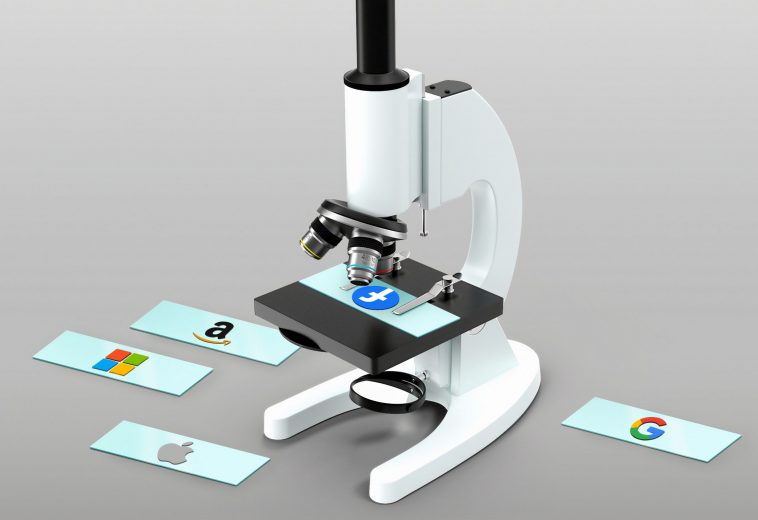I know, I know. You’re thinking there’s a lot more to it than that. You also have to know “how” to create the narrative, “who” the audience is, “where” to place your message, “when” the right time is, and all the extra details in between. But if we really think about it, marketing’s ability to direct and shape people’s thinking and feelings about your company is what’s at the core of what we do and how successful we can become. It’s all about perception.
- The Perceived Value Of Your Product Is As Important As Its Actual Value -
Understanding and highlighting how your products and services can improve the lives of your customers is a very powerful application. Keep in mind there are often multiple benefits and outcomes your product provides, as different people value different things. For example, someone may find that the security your product provides is of a high ranking importance to them, while another may find that the quality is what motivates them to purchase.
Identifying these elements means that you can significantly increase the effectiveness of your marketing by crafting clear and compelling messages that shape and influence the perceived value for your potential customers. Find those values, and be very clear with your messaging for each intended individual. People buy outcomes not products.
We created a handy Elements of Value Pyramid to help you with determining your benefits. Download here.
- Upgrade Your Customer’s Perception Of You, And You Upgrade Your Revenue -
So, in 2010 they changed their perceived value. They didn’t just revise their advertising, they upgraded their positioning, audience, and identity. Old Spice decided that “swagger” was a perception that would positively influence how people saw their product, as being “fun”, “hip”, and “cool”. Young male consumers, who were barely noticing their product, began to see NFL player Isaiah Mustafa appear in hundreds of commercials and social videos in the “Man You Wish Your Man Could Smell Like” ads. Throw in a fun social marketing push that encouraged men to upload their photos to swaggerise.com and the new Old Spice was off and running.
It only took 6 months for their new perception to boost sales of their body wash by 27%, and purchases of their Swagger scent quadrupled in their first year of sales! They are now one of the most successful male grooming brands on the market.
- How Are You Different And What Is That Value To The Customer -
How do companies change consumer perception about a product or service? By communicating with their customers! Some of my favorite ways to increase conversations with customers include: providing personalized customer service, engaging on social media, creating new opportunities for more feedback, sharing real customer testimonials, and reviewing and acting on customer ratings. Businesses that make a real effort to understand their audience give themselves a tremendous advantage when they use this information to shape their advertising messages.
A study published by Deloitte in 2019, reported that loyal customers prefer to repeat brands in the same way they would with friends and family, using words like love, adore, and happy. And just like what we want from friends and family, consumers want brands to listen to them, understand their feelings, and reply to their feedback with authenticity.
- Your Customers Are The Reason You Exist -
Perception doesn’t change overnight. Thankfully, advertising gives you the ability to manage the reach and the frequency of your messages. So, grab control of your perspective. Create your narrative. Recognize your touch points, and be consistent and authentic with your audience. Taking the necessary steps to improve how customers perceive you, will make all the difference.





